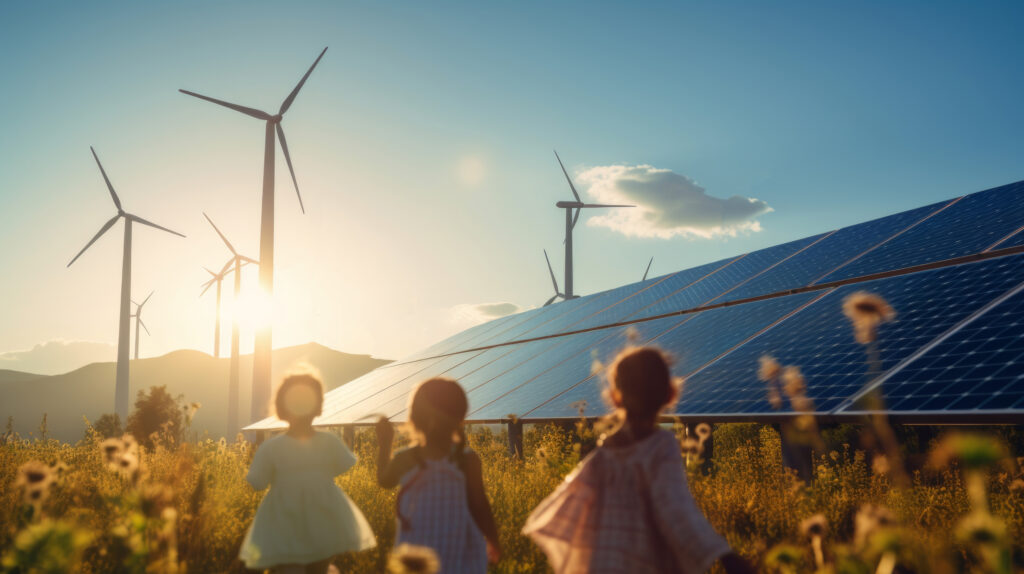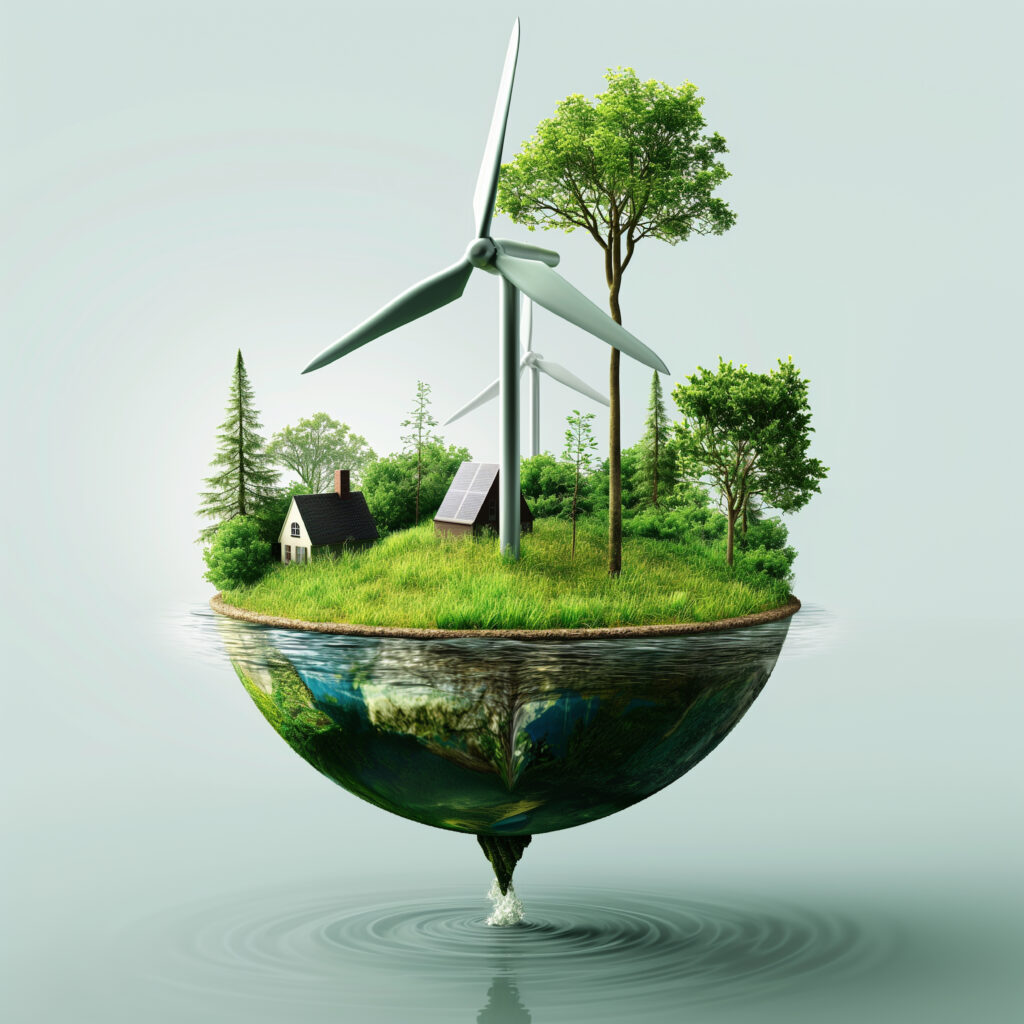Wind turbines
- Home
- Wind turbines
Wind energy is one of the cleanest and most ecological forms of renewable energy. The process of its production involves converting the kinetic energy of the wind into electrical energy using wind turbines. As the wind moves the turbine blades, electricity is generated, which can be used in households, industry or transmitted to the power grid. In the era of the climate crisis and energy challenges, wind energy is becoming a symbol of innovation and sustainable development.


Advantages of owning a wind farm
- Producing energy at night: Wind turbines can generate energy both during the day and at night when the wind is blowing, providing a more stable energy source.
- Performance in harsh conditions: Turbines are often more efficient in cooler, windier climates, where energy production can be higher than that of solar panels, which require the sun.
- Less space required: Given the right wind conditions, turbines can generate a lot of energy in a smaller footprint than solar panels.
- Potential for greater production: In the right locations, turbines can generate more energy per year than photovoltaic systems, especially when placed in areas with high winds.
Having a home wind turbine has many benefits. First of all, it allows you to produce your own energy, which reduces your electricity bills and increases your energy independence. Wind turbines are also an ecological source of energy, which helps reduce CO2 emissions and protect the environment. Additionally, installing such a turbine can increase the value of your property and provide a source of income if excess energy can be sold to the grid. Finally, a home wind turbine can support the local development of renewable technologies.

Types of wind turbines
Horizontal turbine is a type of wind turbine that has a rotor placed horizontally to the ground. Its blades point straight into the wind, allowing for maximum use of the air's kinetic energy.
Key Features and Applications:
– Efficiency: Horizontal turbines are typically more efficient at converting wind energy into electricity compared to vertical turbines, especially in areas with strong and constant winds.
- Height: They are often taller than vertical turbines, allowing them to capture stronger wind currents that are at a higher altitude.
- Setting: They have mechanisms that allow the rotor to rotate in the direction of the wind, which increases their efficiency.
- Application: They are commonly used in large wind farms, but also in smaller home installations.
Horizontal turbines are a popular choice for wind energy production due to their efficiency and ability to generate large amounts of energy.
Vertical turbine
Also known as a vertical turbine, it is a type of wind turbine in which the rotor is placed vertically to the ground. The most common types are the Savonius (blade-shaped) and Darrieus (with U- or V-shaped) turbines.
Advantages and applications:
– Independence from wind direction: Vertical turbines can operate in different wind directions, which eliminates the need to rotate them.
- Security: They are generally more stable in high winds and do not require tall masts, making them more suitable for smaller installations.
- Efficiency: Although generally less efficient than horizontal turbines in converting wind energy, vertical turbines have their applications, especially in areas with variable winds.
– Silence and aesthetics: Vertical turbines are typically quieter and can be less visually intrusive compared to larger horizontal turbines.
Vertical turbines are an interesting alternative in wind energy production, especially in specific locations and for smaller installations. They are often used in urban conditions, on roofs of buildings, and in places where space is limited.
Ready to Power the Future?
Take the first step towards energy independence today. Contact PMMP ENERGY to learn how our innovative off-grid solutions can transform your home or business. Let's create a sustainable and cost-effective energy future together!

